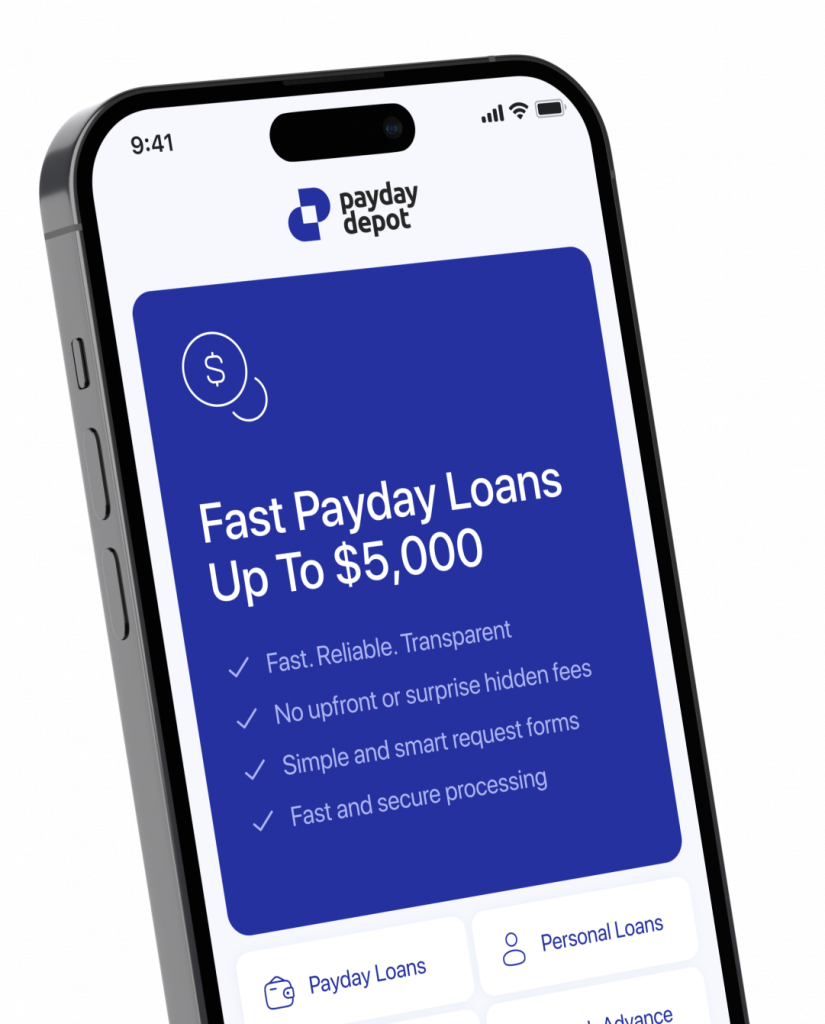Bad Debt
Today, there are almost no problems obtaining a loan, even for a person with a bad credit history. Personal loans, payday loans, business loans, credit cards, and many other types of lending are available online and offline. This massive nature of lending opens up great opportunities but carries certain risks. One of the tangible challenges for creditors has been the problem of bad debts. Without an effective technology for the return of overdue debt, creditors resort to various auxiliary methods to return at least part of the debt:
- Charge-off a debt
- Assign a debt
- Re-age a debt
The risks of bad debts are especially high for loans without collateral or guarantors. However, lenders implement this practice of simplified provision of loans since they will experience an outflow of clients by complicating the process of obtaining loans. Therefore, bad debts are the price they pay to be attractive to borrowers in the highly competitive credit market.
What Debts Are Considered Bad?
Concerning problem debts, two categories highlight the extent to which the creditor is confident that the debt is unlikely to be repaid:
- Doubtful debts are those for which the creditor has received signals that they may not be paid.
- Bad debts are those for which the creditor has full confidence that they will not be repaid.
What Are the Causes of Bad Debts?
Every bad debt has its sad story, but in most cases, they can be divided by the main reasons:
- The borrower has financial difficulties due to which they cannot repay the borrowed money.
- Force majeure situations, as a result of which the borrower loses their assets, for example, natural disasters, war, etc.
- Expiration of the statute of limitations.
- Liquidation of a debtor company due to bankruptcy by decision of the authorities.
- Death of the borrower in the absence of heirs capable of repaying the debt, etc.
- Recognition of the debtor’s insolvency by the court.
What Can a Creditor Do with Bad Debt?
- Option 1: Assign to collectors. The creditor can unite all the debts they have recognized as bad and sell them to collection companies. In this case, creditors will not be able to receive the entire loan amount but will at least partially gain money from the debt assignment.
- Option 2: Reduce the taxable sum by declaring bad debt a loss. Summing up the financial year, the creditor can increase the gross expenses of this period due to bad debts. In this case, the amount of profit on which they must pay tax is reduced.
- Option 3: Compensate the debt partially or fully through credit insurance. If a creditor has an agreement with an insurance company regarding bad debts, it can pay the outstanding debt at the insurer’s expense. But for this to happen, one of the reasons stated in the insurance contract must be met.
If a lender has too high a percentage of bad debts, they should reconsider their lending policy. Perhaps they should raise the requirements for borrowers to approve a loan. If the analytical forecast shows that they will lose more due to the outflow of clients to other credit institutions, they will have to put up with certain losses and at least partially compensate for them through auxiliary measures.
